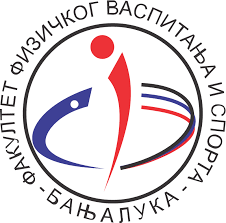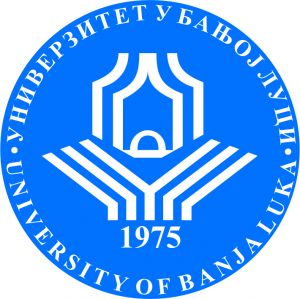Lower-Extremity Biomechanical Characteristics of College American Football Starters: Examining the Squat, Lunge, and Vertical Jump
Original article
Submitted: 18/09/2024
Accepted: 09/11/2024
Published: 11/02/2025
UDK: to be registered
Authors
Correspondence email: quincy.johnson@ku.edu
Abstract
American football is a dynamic sport characterized by intense sporting actions such as blocking, tackling, jumping, and sprinting. Furthermore, these sporting actions often require athletes to repeatedly achieve extreme ranges of motion such as deep flexion and hyperextension. The aim of the present study was to assess select lower-extremity biomechanical characteristics and examine position-specific differences in those characteristics within a cohort of collegiate American football athletes. Sixteen NCAA Division-II American football starters volunteered to participate in this study. Biomechanical characteristics were assessed with a three-dimensional markerless motion capture system which examined each athlete’s ability to perform bilateral and unilateral squats, lunges, and the countermovement vertical jump. Significant differences were observed in unilateral squat depth left (p=0.002), vertical jump height (p=0.033), net impulse (p=0.008), max ground reaction force (GRF) (p=0.034), right knee valgus at max loading (p=0.031), concentric left knee peak torque percent body weight (p=0.013), absorption right knee flexion (p=0.031), absorption left knee flexion (p=0.014), GRF absorption left (p=0.005), and GRF absorption right (p=0.015) between position groups. However, no significant differences were observed for measures of bilateral squat weight distribution, knee dynamic valgus, lunge characteristics, or peak power during jumping tasks. These findings, particularly unilateral squat and lunge characteristics, provide additional insight into the similarities and differences in foundational movement patterns across position groups within a cohort of NCAA Division-II American football starters. Sports performance professionals can utilize this information to develop and integrate resistance training programs that maintain and improve general as well as specific foundational movement patterns that may translate to athletic performance.
Keywords: flexibility, stability, movement screen, biomotor ability, athletic performance


